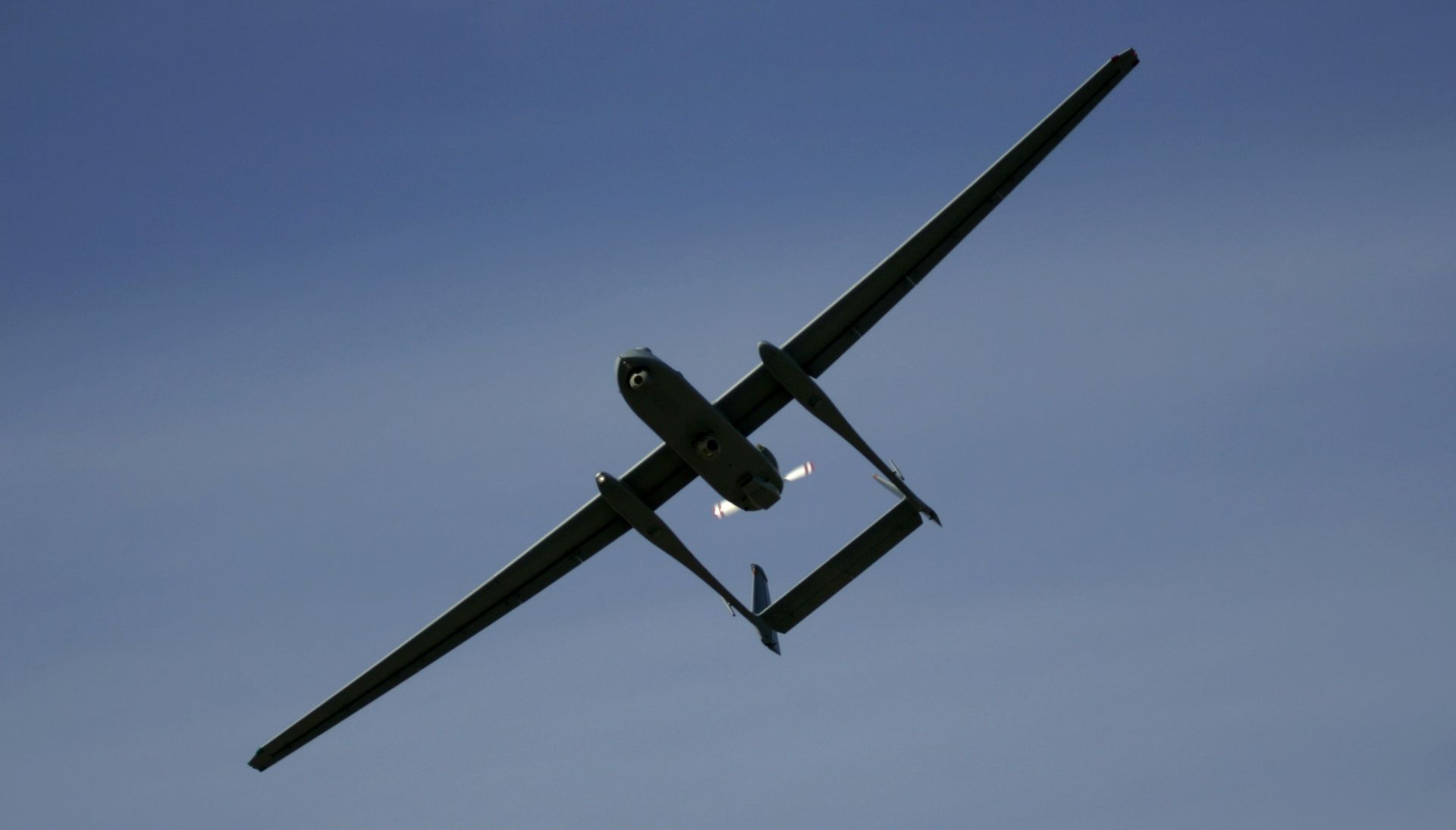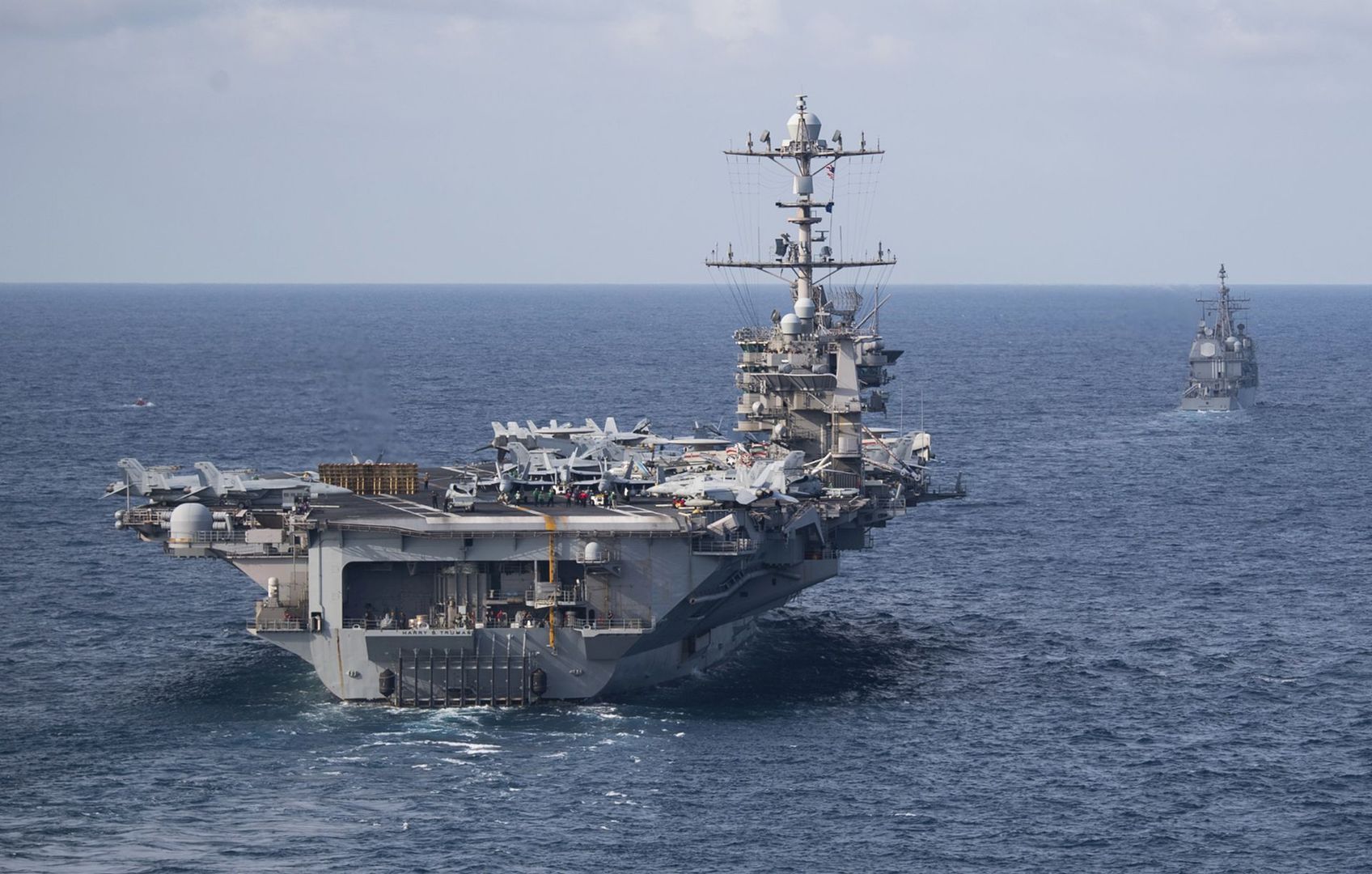US Department of Defense, WASHINGTON: The instant feedback of information supplied by unmanned aerial vehicles is bringing immediate “value added” to U.S. military operations, the Joint Staff's director for strategic plans and policy explained yesterday.
“UAVs have become such an important tool for our decision makers — operational battlefield decision makers and strategic decision makers,” Air Force Lt. Gen. Victor E. “Gene” Renuart Jr. said in a Pentagon Channel interview. “They have become an accepted part of our inventory.”
Unmanned aerial vehicles are remotely piloted or self-piloted aircraft that can carry cameras, sensors and communications equipment that provide an integrated system of intelligence surveillance and reconnaissance. The vehicles also provide valuable battle-damage assessment and are used to track high-value targets. Some even carry weapons.
The Predator and Global Hawk are the two most prominent UAV systems.
The U.S. military has used UAVs for many years, but their use has rapidly increased and evolved over the past few years, Renuart said. “We have for years used them to test missile defense systems and air defense systems. We've used them for a variety of single-mission approaches,” he said
Since the terrorist attacks on Sept. 11, 2001, the military has been adapting UAV technology for multiple functions. Unmanned capabilities have expanded with advances in technology, such as miniaturization and digital imagery. Digital images are now provided in real time, which enables commanders to monitor enemy movements.
“The advantage of the near-real-time or real-time information is that you can produce essential decision-quality data for commanders on the spot,” he said. “We're dealing in tenths of seconds, as opposed to minutes, hours or days in some cases.”
The use of UAVs has steadily increased in Iraq and Afghanistan.
“There has really been a growth in the understanding of what you can use a UAV for, both tactically on the battlefield and strategically,” Renuart said. “As we have seen the proliferation of miniaturization and the quality of the technology, you find battlefield commanders want more.”
The general pointed out that unmanned aerial vehicles have been helpful in joint operations. “We're beginning to collaborate much more on our integration and use of information that comes from these systems,” he said.
For instance, in the rugged mountains of Afghanistan, U.S. Army and Navy special operations forces use the Air Force Predator to feed information back to their component commanders, so they can monitor the battlefield situation and respond accordingly, he said.
The UAV Center of Excellence was stood up in 2005 at Creech Air Force Base, Nev. The center's focus is to integrate technology and to analyze how to make systems more efficient and effective. The center also looks at other ways UAVs can be used in the future.
Numerous UAV prototypes have been developed over the past two decades, including hand-launched, slingshot-launched, truck-launched, ship-launched and tradition runway-launched versions. The UAV Center of Excellence works to set uniform standards that meet needs defined by all the services.
The center also examines how to use UAVs to deal with emerging threats. “A lot of forward-thinking engineers are looking at the problems we need to solve in the next 15 years and trying to decide the best way to meet those with an unmanned vehicle,” Renuart said.
Maritime security is one area in which UAVs are becoming increasingly necessary, he said. “There is a real need for an ability to monitor the volume of shipping that goes on around the world, to ensure that we don't have so-called rogue states moving potential weapons of mass destruction over sea into a port,” he said.
Renuart stressed that the advancement of UAV technology does not herald the end of manned-flight vehicles. “Even if you look out to futuristic scenarios, there is a critical place for the human touch,” he said.
Trump, Hegseth Announce Air Force’s Next Generation Fighter Platform
During a press conference at the White House today, President Donald J. Trump and Defense Secretary Pete Hegseth announced that...








